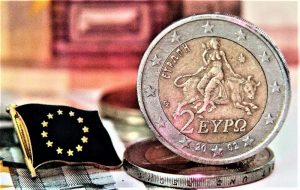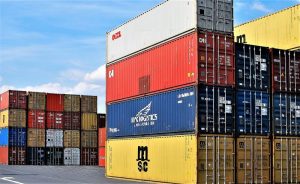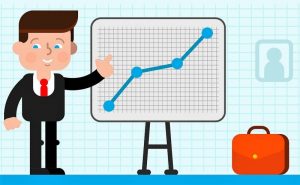Macroeconomics
Macroeconomics is a branch within the field of economics that studies how the aggregate economy behaves. It is a branch that focuses primarily on the different trends in the economy and how the economy moves as a whole. Thanks to the macroeconomics, a great variety of phenomena are examined, such as inflation, growth rate, unemployment rate, national income, different price levels and gross domestic product.
What is macroeconomics?
It is the study of the different economic systems found in a country or region as a whole using national income or the employment / unemployment rate that is present in the area. It studies the total amount of goods.
What does macroeconomics study?
Macroeconomics is responsible for conducting studies on the different economic phenomena that occur within a given country from the relationships maintained by the people who participate in them, both at home and abroad. These factors should be considered from the relationships that occur with the consumer who in turn can become a producer and investor.
What is macroeconomics for?
It is used to study the behavior of individual economic units such as families, companies and markets where they are located. It is in charge of studying the different conducts of the group, seen from a wide point of view, studying the growth and the fluctuations that occur in the economy of a territory.
Characteristics
- It studies the behavior and capacity of the rate of employment and unemployment of a place.
- It conducts studies about economic growth and interest rates and inflation.
- Explains how to use economy to anticipate economic crises.
- Develops models to relate economic variants.
- Analyzes how the individual behaves between the market and the company.
- Conducts studies on the total amounts of services and goods.
Backgrounds
The antecedents go back to the primitive community that was given in the year 2000 B.C., where the management of roles within the society began. Slavery in the 6th century A.D., was the period that followed, in which man was used as a source of growth for society. With the emergence of agriculture came feudalism in which land was given a value. Years later, imperialism arose, at which time politics and society arose with the founding of imperialist states and colonies. With capitalism, salaries emerged, and foreign investments were developed. The industrial revolution brought economic liberalism and later, during the crisis of 1929, the basis of the macroeconomics was laid, caused by world economic changes in the market and society.
History
Its origin is given in 1936, after John Maynard, publishes his general theory of employment, interest and money. This book explained what happened during the Great Depression, proposing the existence of unemployment at a given moment determines and how fiscal and monetary policy could be used to raise the levels of production and employment in society.
Fundamentals
The fundamentals are based on the analysis of long-term growth, cyclical fluctuations in output, population unemployment, inflation, money supply and budget deficit. It is also based on international trade and finance.
Objectives
The main objectives of the macroeconomics are long-term economic growth by devoting resources to the advancement of technology and capital accumulation. It seeks to maintain adequate price stability by analyzing inflation, providing employment for the inhabitants and maintaining stability in the prices of products.
Elements
Among the elements we can mention all those entities of the economic system such as families and companies. Another element is economic transactions, which can be real, effective, imputed, real or financial. The process for measuring economic activity, for example, production, expenditure, external relations, and the relations between the same economic activities.
Variables of macroeconomics
- Gross domestic product, or GDP: this is responsible for quantifying the value of goods and services produced in a given place and time. It varies depending on the amount of resources
- Gross national product or GNP: is the value given to goods and services that are produced by a national hand, in a given time.
- Net national product or NNP: sum of the country’s investment, including all types of expenditure.
Outstanding theories
- Theory of economic growth.
- Keynesian theory
- Monetarist theory
Utility
Macroeconomics’ usefulness is closely related to the production stability, people’s welfare, growth and the improvements that can be made to external and internal conditions that can affect countries’ finances.
Challenges
The main problems facing macroeconomics face are population growth, unemployment, price stability, internal and external budgetary balance, equity and sustainability.
Importance of macroeconomics
It is important because it seeks to establish policy and monetary recommendations that have a positive impact on the economy. It analyzes the problems and causes of inflation and the general reduction in prices. It looks for ways to stabilize prices in a free market system and seeks to achieve a better level of employment for the population in order to eliminate unemployment by seeking high salaries suitable for each job.
Examples
We see an example of macroeconomics when we make a list to evaluate the family budget, with this we want to know if our situation can improve or not during the coming months and we observe the aspects that are going to have a greater impact.
How to cite this article?
Briceño V., Gabriela. (2019). Macroeconomics. Recovered on 23 February, 2024, de Euston96: https://www.euston96.com/en/macroeconomics/










